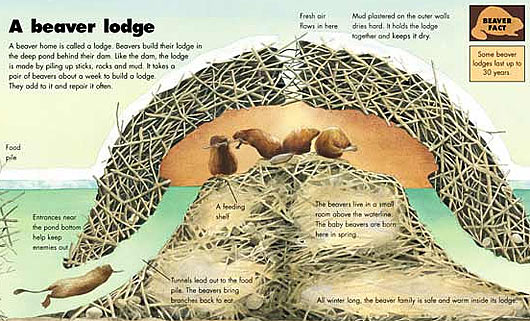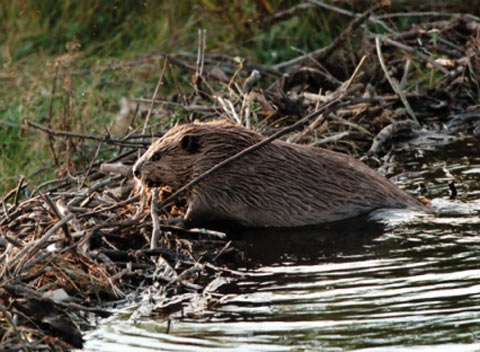Beaver – Nature’s Little Engineer
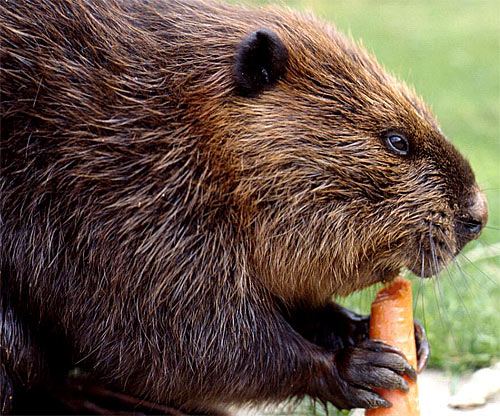
Considered to be the second largest rodents in the world (after the capybara, beavers are primarily nocturnal, and are split into two extant species of the North American and Eurasian variety; with location of birth being the only real difference between the two. Beavers generally have a large body and small head (like most rodents), a broad, flat and scaly tail and webbed hind feet. Due to there small ocular cavities and nocturnal lifestyle, beavers have poor eyesight, but possess enhanced senses of hearing, touch and smell.
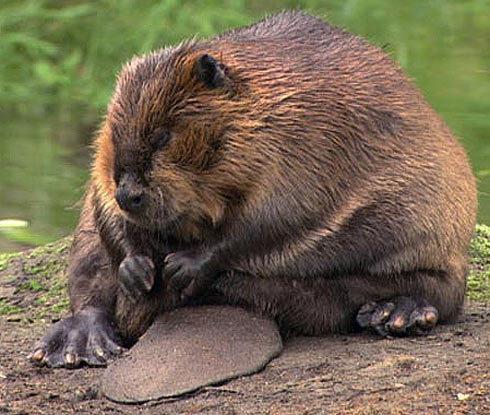
Living off a herbivore’s diet of the wood of quaking aspen trees, cottonwood tree, alder trees, willow trees, birch trees, maple trees, cherry trees, pondweed, sedges and water lilies; beavers will grow to 55 lbs (25 kg) before they pass away around 24 years of age. Often, female beavers will grow larger than men, which is uncommon amongst mammals.

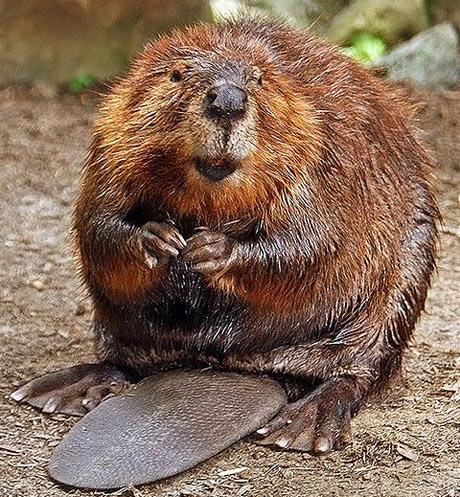
A semi-aquatic animal, beavers can stay under water as long as 15 minutes when necessary, and often do so when startled or frightened. When in danger in the water, a beaver will rapidly dive under the surface by slapping it’s wide tail on the water. The sound will be audible over a large area, warning other beavers, who will also dive down and avoid trouble. Despite this amazing defense mechanism, they are far more well known for their natural ability and propensity towards making dams on rivers and streams. Beavers prefer to live in mini-ponds, so in the absence of these small bodies of water, they will make their own. Using their powerful front teeth (which grow continuously to avoid being worn down, are self sharpened almost into chisels, and are composed of hard orange enamel in the front and softer dentin in the back), beavers will cut trees and plants to both build and eat. They will then make two vertical posts in the water, then fill that in with a crisscross of branches, weeds, and mud until the dam impounds enough water to make a “lodge”. Beavers are also known to make canals in the water in order to transport materials that they otherwise couldn’t move over land.
